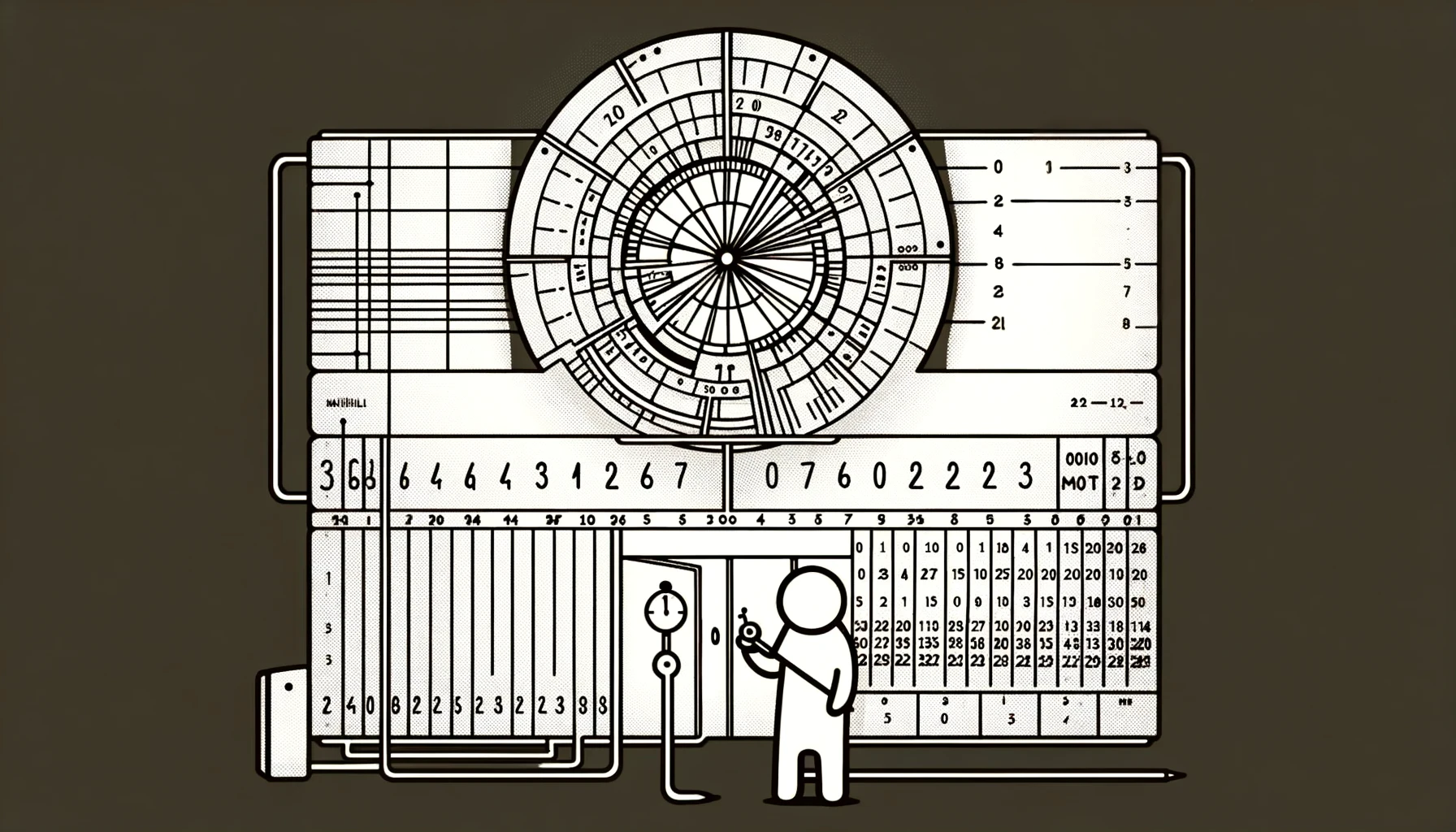Introducing MahiTime: Redefining Our Measurement of Time
If you, like me, have OCD and crave precision and order in all things, you might be frustrated with our current concept of time. Random numbers, errors, and patches in our calendars can be quite annoying. So, I propose a new concept of time units to fix these imperfections—or at least, I’ll die trying.

Introducing MahiTime: A Perfect System for Time Measurement
If you, like me, have OCD and crave precision and order in all things, you might be frustrated with our current concept of time. Random numbers, errors, and patches in our calendars can be quite annoying. So, I propose a new concept of time units to fix these imperfections—or at least, I’ll die trying.
What is a Day and a Year?
The concept of a day and a year is more complex than it seems. A day isn’t just the time it takes for Earth to rotate once on its axis; a year isn’t simply one orbit around the Sun. Let’s break it down:
Sidereal Day: The time it takes for Earth to complete one full rotation relative to distant stars is approximately 23 hours, 56 minutes, and 4.1 seconds.
Solar Day: The time it takes for the Sun to return to the same position in the sky, averaging about 24 hours. This varies slightly throughout the year.
Mean Solar Day: The average length of a solar day over a year, which is exactly 24 hours.
Civil Day: The 24-hour day we use in our daily lives.
These definitions assume Earth’s rotation and orbit are constant, but they aren’t. Tidal friction, primarily due to the Moon, gradually slows Earth’s rotation, lengthening our days by about 1.7 milliseconds per century.
Year: Defined as the time it takes for Earth to complete one orbit around the Sun, experiencing four seasons: Spring (Vernal Equinox to Summer Solstice), Summer (Summer Solstice to Autumnal Equinox), Autumn (Autumnal Equinox to Winter Solstice), and Winter (Winter Solstice to Vernal Equinox). A year is approximately 365.242 days.
We deal with the discrepancy between the year and whole days by using leap years. Every four years, we add a day to keep our calendar aligned with Earth’s orbit.
The Basics of MahiTime
Let’s redefine our basic unit of time. Instead of one second, we use one MahiSecond, which is exactly 0.432 seconds. This allows us to create a more orderly system of time measurement:
- 1 MahiSecond = 0.432 seconds
- 1 MahiMinute = 100 MahiSeconds (43.2 seconds)
- 1 MahiHour = 100 MahiMinutes (72 minutes)
- 1 Civil Day = 20 MahiHours
A Civil Day under this new system consists of exactly 20 MahiHours.
The Challenge of Synchronizing Days and Years
The Earth’s orbital rotation and axial rotation aren’t synchronized, so we can’t fit a whole number of spins into one orbit perfectly. To address this:
- 1 MahiSecond = 0.423 seconds
- 1 MahiMinute = 100 MahiSeconds (43.2 seconds)
- 1 MahiHour = 100 MahiMinutes (72 minutes)
- 1 MahiDay = 20.0381628 MahiHours
- 1 Tropical Year = 366 MahiDays with no leap years
By defining a year as 366 MahiDays, we eliminate the need for leap years.
Adjusting the Seasons
Here’s how the seasons break down using our new unit:
- Spring: 92.993 MahiDays (rounded to 93)
- Summer: 93.794 MahiDays (rounded to 94)
- Autumn: 89.986 MahiDays (rounded to 90)
- Winter: 89.185 MahiDays (rounded to 89)
This provides a more even seasonal layout and aligns well with the Persian calendar.
Months and Weeks in MahiTime
To maintain order and avoid leap years:
- Spring and Summer: 31 MahiDays each month
- Autumn and Winter: 30 MahiDays each month
I envision a world where each week has 10 days:
- 36 weeks of 10 days each
- 6-day New Year holiday outside of regular weeks and months
In each week, half of the population works the first 5 days and rests the other 5 days, while the other half does the opposite. This way, banks and companies can operate without interruptions, effectively doubling the employment rate and ensuring continuous service.
Broader Impact on Our Life
Changing our measure of time requires updating world records, historical events, and calculations in physics, engineering, and computer science. This change will create many new jobs for updating software, algorithms, and data.
Current Date in MahiTime
Starting from the last Equinox on March 21st, 2024, you can find the current MahiTime and MahiCalendar on this website: MahiTime and MahiCalendar
Conclusion
By adopting MahiSeconds (0.432 seconds), we create a more orderly and precise time system:
- MahiMinutes (100 MahiSeconds, ~43.2 seconds)
- MahiHours (100 MahiMinutes, ~72 minutes)
- Civil Day (20 MahiHours)
- MahiDays (20.0381628 MahiHours)
- MahiYears (366 MahiDays, exactly a tropical year with no leap years)
This new structure simplifies timekeeping and enhances precision, reducing errors and creating a more efficient and systematic approach to measuring time.